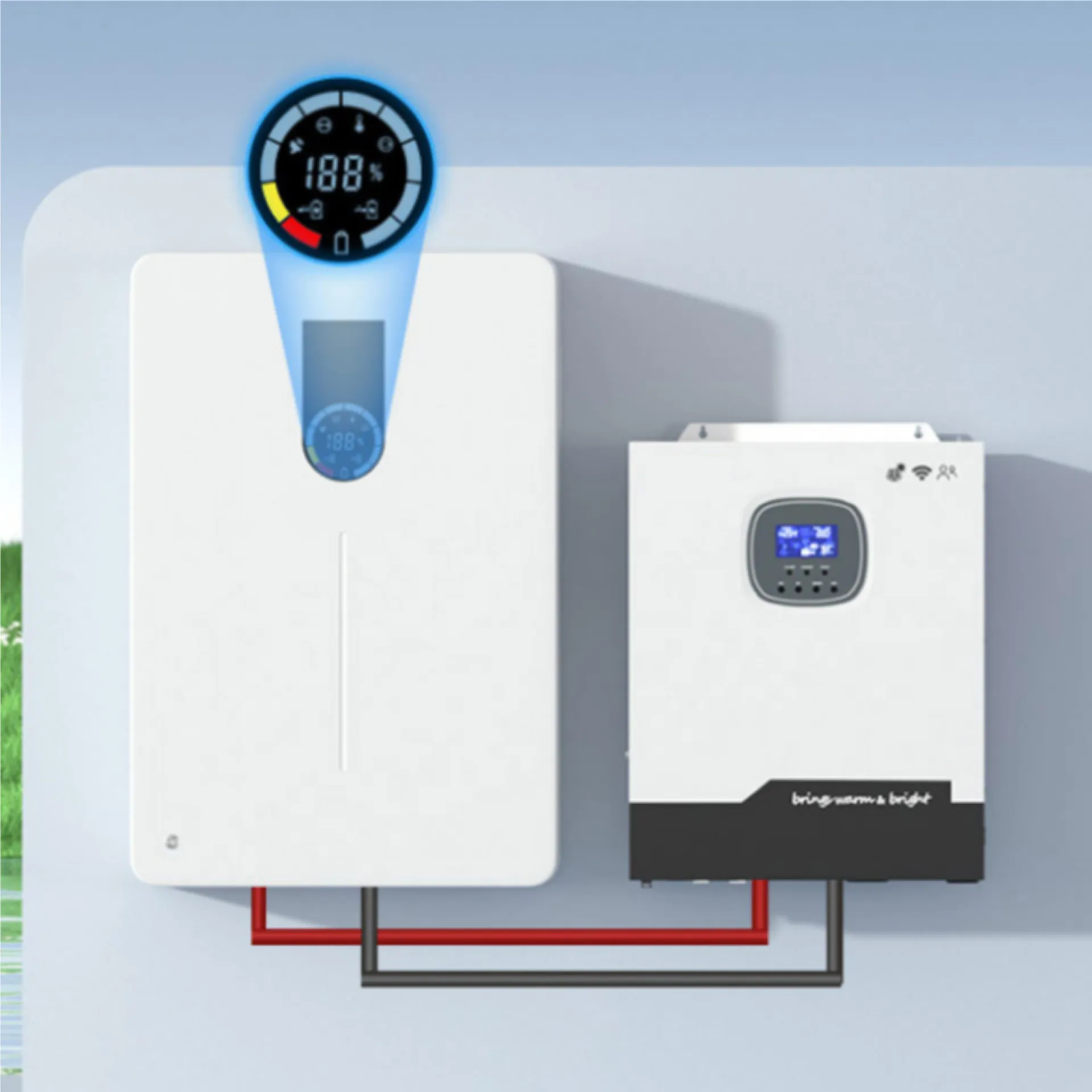20 kilowatt solar panel price
Understanding the Pricing of 20 Kilowatt Solar Panels
As the world increasingly shifts towards sustainable energy solutions, solar power has emerged as one of the most viable options for both residential and commercial energy needs. Among the various configurations available, 20 kilowatt (kW) solar panel systems are particularly popular due to their ability to generate significant amounts of electricity, making them suitable for both large homes and businesses. However, the cost of installing such systems can vary widely, influenced by several factors. This article delves into the pricing of 20 kW solar panel systems and some key considerations.
Initial Costs and Components
The pricing of a 20 kW solar panel system primarily depends on the type of solar panels selected, installation costs, and additional components required for a complete system. Typically, a 20 kW solar energy system comprises around 60 to 80 solar panels, depending on their wattage. Solar panels generally range from 250 watts to 400 watts each. The cost of solar panels can vary significantly based on brand, efficiency, and technology (monocrystalline vs. polycrystalline).
On average, the price of solar panels ranges from $0.70 to $1.00 per watt; thus, for a 20 kW system, the cost solely for the panels could range from $14,000 to $20,000. However, this figure does not include installation fees, inverters, racking systems, and batteries (if required). When considering the total installation, the overall price of a 20 kW solar panel system typically falls between $30,000 to $50,000, sometimes even higher depending on geographic location and complexity of installation.
Installation Costs
Labor costs for installation can account for approximately 10% to 20% of the total cost. The expertise required for installation varies with the complexity of the project; for example, rooftop installations may differ significantly from ground-mounted systems. Hiring certified professionals not only ensures compliance with safety regulations but can also enhance the system's efficiency through proper installation techniques.
Local regulations and building permits can also influence overall costs. It’s crucial to factor these expenses into the budget, as they can vary widely from one location to another. Moreover, some regions offer incentives or rebates that can significantly lower the net cost of installation, making solar energy more affordable.
Additional Component Costs
20 kilowatt solar panel price

For a comprehensive solar setup, you may require a few extra components
1. Inverters This equipment converts the direct current (DC) generated by the solar panels into alternating current (AC) for use in your property. Typical inverters cost between $1,000 and $2,500, depending on their quality and capabilities.
2. Mounting Hardware Racking and mounting systems allow the solar panels to be securely attached to rooftops or other structures. These costs can add another $1,000 to $3,000.
3. Batteries If energy storage is desired, adding lithium-ion batteries can significantly raise initial prices. Depending on capacity and type, battery systems can range from $5,000 to over $15,000.
Financial Incentives
Many governments and energy companies offer financial incentives to offset the initial costs of solar panel installation. In the United States, for instance, the federal solar tax credit allows homeowners to deduct a percentage of the installation costs from their federal income tax. Additionally, many states provide additional rebates or incentives, making solar energy more accessible.
Conclusion
Investing in a 20 kW solar panel system entails a significant financial commitment, but the long-term benefits, including reduced utility bills, energy independence, and environmental sustainability, make it a worthy consideration. As prices continue to decline and technology advances, owning a solar power system is becoming increasingly achievable for both individuals and businesses. Careful planning, research, and consideration of incentives can facilitate a smooth transition to solar energy while optimizing costs. As solar energy continues to evolve, potential buyers will find it important to stay informed about current market trends and available technologies.
-
Unlocking Energy Freedom with the Off Grid Solar InverterNewsJun.06,2025
-
Unlock More Solar Power with a High-Efficiency Bifacial Solar PanelNewsJun.06,2025
-
Power Your Future with High-Efficiency Monocrystalline Solar PanelsNewsJun.06,2025
-
Next-Gen Solar Power Starts with Micro Solar InvertersNewsJun.06,2025
-
Harnessing Peak Efficiency with the On Grid Solar InverterNewsJun.06,2025
-
Discover Unmatched Efficiency with the Latest String Solar InverterNewsJun.06,2025







